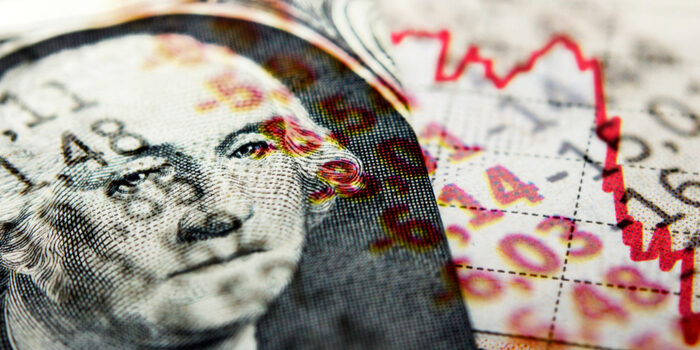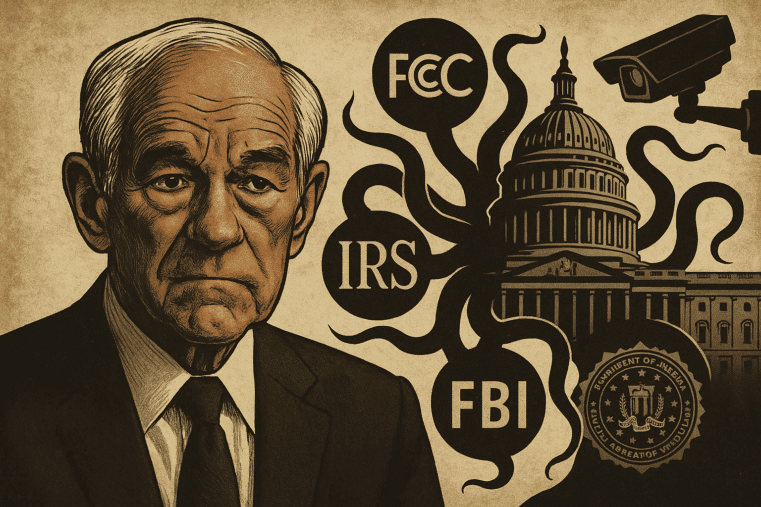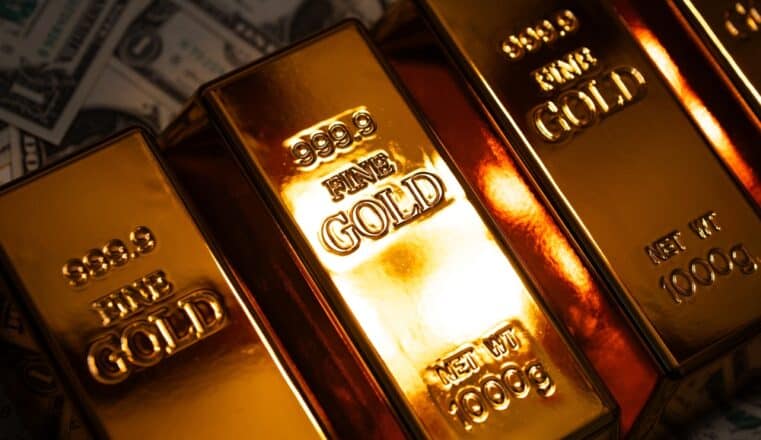
Ten Warning Signs Flashing Recession - Right Now
Many of us don’t realize that we often only see what we want to see, whether we give into fear or desire. Often at the expense of seeing what’s right in front of us.
Call it human nature or just a mere human tendency. Whatever it is, the bias is consistent.
And large market moves--missing a big move up, or missing a big move down--are a testament to this type of cognitive tendency.
Certain economic conditions tend to amplify this inability to see beyond our own expectations.
For instance, the IPO market is charging full steam ahead with highly unprofitable companies--similar to what we saw in the years leading up to the Dotcom Bubble.
Yet investor money pours in. So are we in a bubble, or are we in a boom?
Bubbles are hard to call. But there are investors on the extreme ends (of fear or greed) who bypass the middle ground of reason and caution--the extremes, reflective of their own biases toward risk or exuberance.
Or take a past example. Silver was hitting its lowest levels toward the end of 2018 while institutions were scooping up the metal.
With silver at bargain level prices in late 2018, might that moment have presented investors with an optimal opportunity to buy?
Might large institutional buying have been evidence enough that perhaps it was the right time to load up on silver?
Most retail investors would have said “no,” as such an idea would have run counter to the opinions of the investing public.
Back to the present, one thought that seems to be lingering in the minds of many American investors is whether or not we’re in a recession or approaching one.
Investors want to hang on to the notion of a strong market and economy. But there are clues right in front of our eyes that herald the opposite.
With regard to a recession, we’ll refrain from calling it. But we’ll provide you with a few ideas to consider. Here are 10 recession indicators that appear to be flashing red.
You will have to ruminate on what they might mean and eventually decide for yourself.
1 - The Yield Curve is Inverting
Long-term bonds carrying higher interest than short-term bonds is a sign of a healthy market. But when bond investors expect to make more yield now than in the future, something’s gone amiss. The 2-year yield has crossed above longer-term bonds several times since August 14--an inverted yield curve--which historically has been a reliable signal that a recession is on the horizon.
2 - Factories Are Slowing Down
America is not the same gigantic manufacturing economy it once was. But manufacturing activity is still a good measure for the health of the country.
The US manufacturing PMI (purchasing managers’ index) measures how busy our factories are. It has a neutral threshold of 50.0. Any reading above 50 signals growth; below 50, contraction.
In July, the PMI came in at 50.4; in August, 49.9. This signals the starting point of a potential contraction. Watch this indicator, as a steep drop or a reading below 45 is one strong signal that a recession may be approaching.
3 - Corporate Revenues Are Sinking
Corporate earnings so far haven’t quite met last year’s growth estimates. In fact, earnings are down...drastically. Analysts last December estimated that earnings would be up the following year by 7.6%. Now, they’re expecting around 2.3%. A far miss. Similar to the PMI contraction discussed above, trade war threats and a slowing global economy have been cited as the main factors for this downtrend.
4 - Business Investments and Spending is Down
Gross business investment spending fell 5.5% in the second quarter--the worst drop since Q4 2015. Business investment reflects a company’s drive for growth--purchasing assets that may allow the company to expand. When companies hold off on investing in their own future prospects, it’s commonly because they are uncertain about the future, namely, a potential recession.
5 - American Workers Are “Quitting” at a Slower Rate
When the economy is robust, American workers can afford to quit less attractive jobs for better ones with more competitive pay. But when the economy doesn’t look like it’s doing well, workers typically hold on to their jobs, fearing that a new job may not be so easy to find.
The US Labor Department’s JOLTS report tracks, among other things, the “quits rate.” And although the quits rate rose significantly in the recovery years following the 2008 financial crisis, the quits rate has since been declining.
6 - GDP is Slowing
GDP growth is slowing. The economy in Q2 expanded by 2%. As the chart above shows, this is the lowest growth reading since Q4 2018.
7 - The Stock Market is Beginning to Exhibit a Losing Streak
The broader stock market has been volatile but the bull market is still, at least “technically,” intact. In most cases throughout history, bear markets have preceded recessions. The trick here is distinguishing a bear market from a mere (though often frightening) “correction.”
Corrections--the proverbial “wall of worry”--shake out weak-handed or weak-minded investors. But bear markets cause businesses to stop spending, stop hiring, and start saving. En masse, that can cause the economy to slide, ushering in a recession.
8 - Copper is Declining While Gold and SIlver are Hitting New Highs
Copper is a base metal that’s typically used for home building and commercial construction. Given its industrial use, it can be viewed as an economic barometer.
Copper has declined by over 13%.
Meanwhile, the “fear trade” in gold and silver has been rising as investors, looking to hedge economic uncertainty, have been flocking to acquire “hard” safe haven assets.
9 - Americans Are Piling Into Credit Card Debt But Can’t Pay Them On Time
Mainstream economics sees consumer spending as a healthy sign for the economy. But when consumers spend using their credit cards, what’s uncertain is how many of those consumers are spending beyond their means.
Credit cards can rack up high-interest debt payments. If consumers can’t pay their debts, that’s not only bad for the debtors but for the banks as well. High credit card delinquencies can serve as one factor that contributes to dragging down the economy. And 2019 has seen the highest delinquency rates in seven years. In Q2, 5.2% of all credit card accounts were 90 days past due.
10 - New Car Sales Are Dropping
What’s commonly the largest purchase a family can make? It’s a new home. What’s the second largest? A new car. The operative word here is “new.”
Almost every working person needs a car. But not everyone needs a “new” car. So when people are sensing that a recession may be taking place in the foreseeable future, they opt for used cars instead, and new car sales begin to drop.
Historically, new car buying tends to rise right before a recession, hitting its peak right before the economy skids as consumers hit the brakes on new car buys. And that’s where we are right now--new car purchases have slowed. Problems on the road ahead?
Time to Hedge
Gold and silver are two of the best assets to own in times of economic uncertainty. Investors have already begun to purchase hard assets en masse. As much as both metals have risen over the last few months, considering the potential recession to come, gold and silver are still trading at inexpensive levels. If you’re looking to hedge your portfolio, now is the time to pull the trigger.















